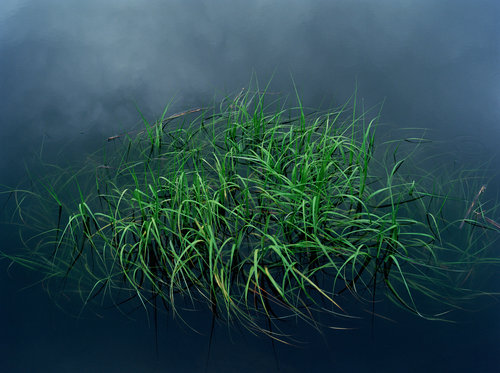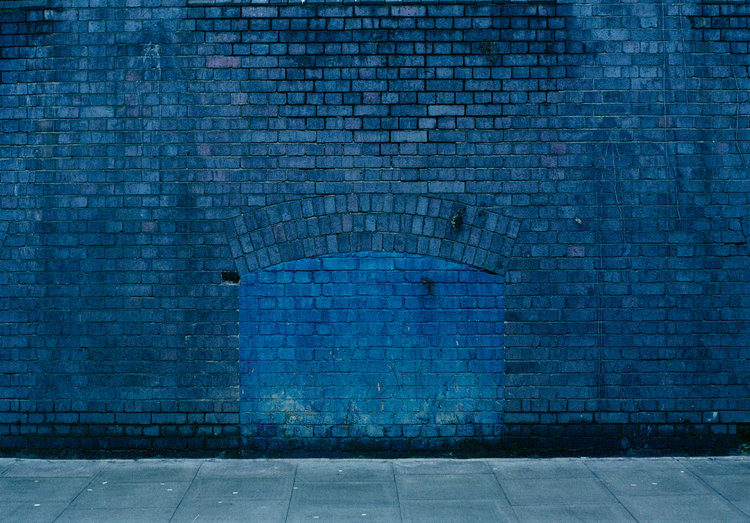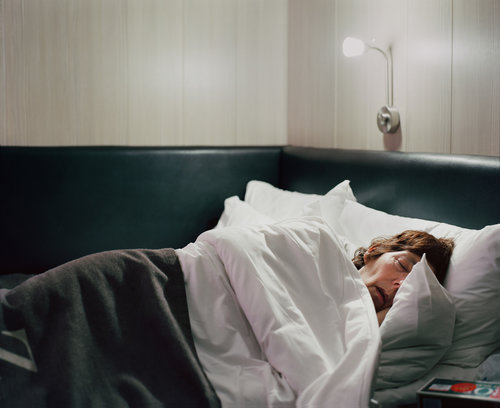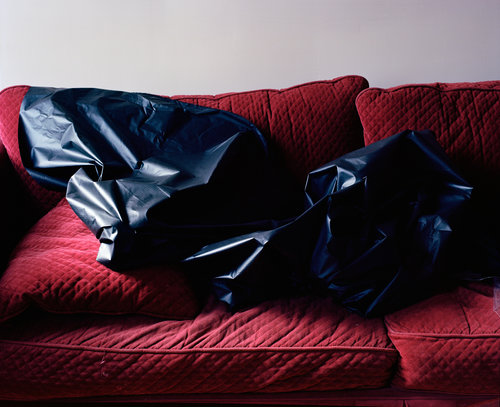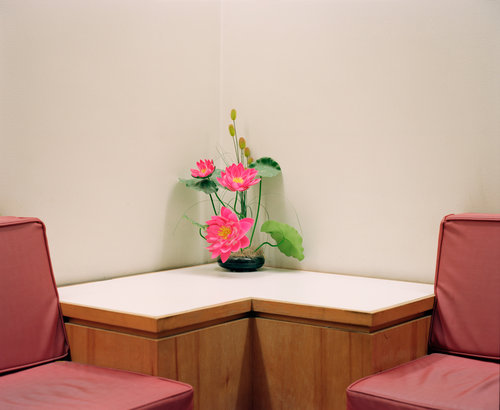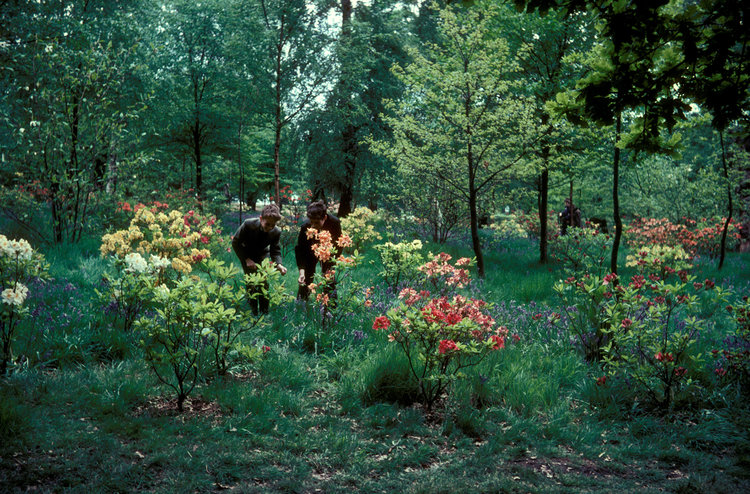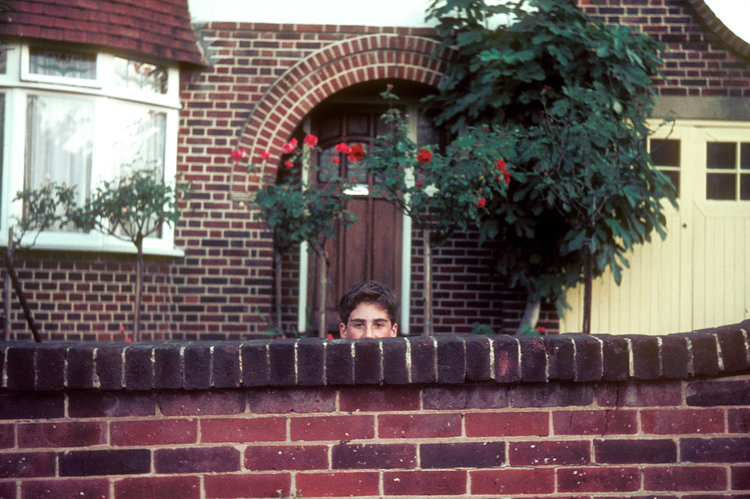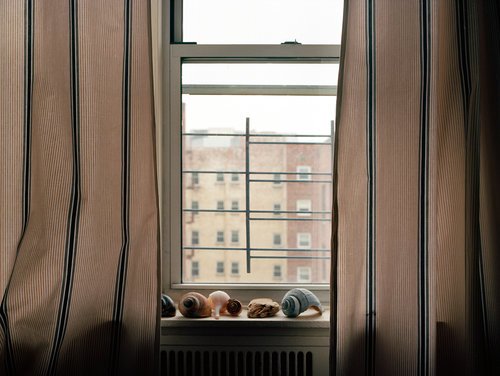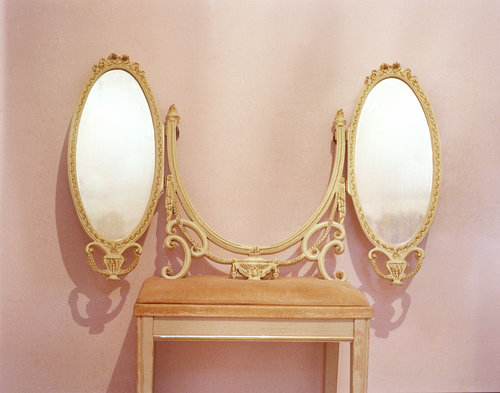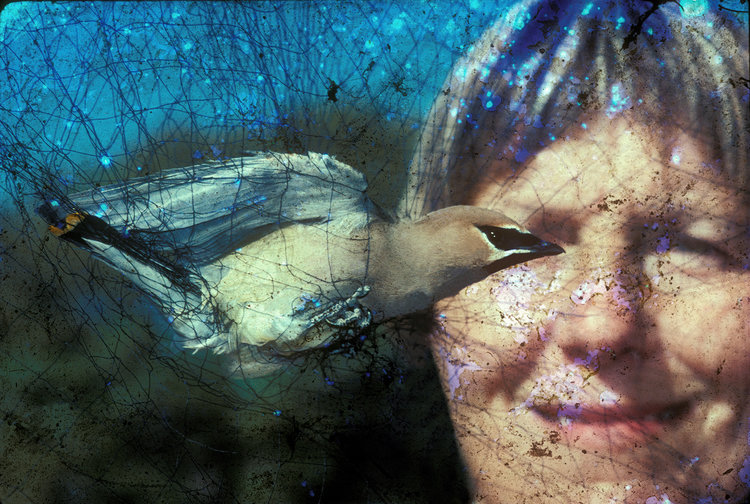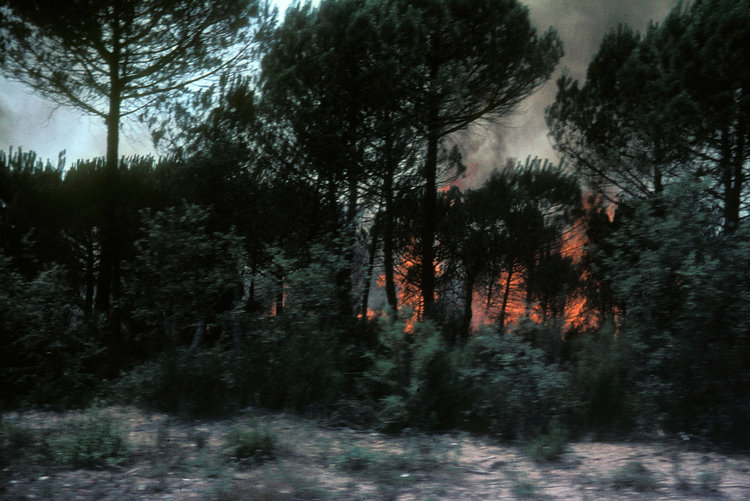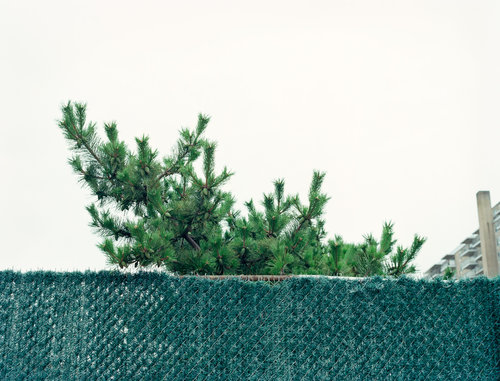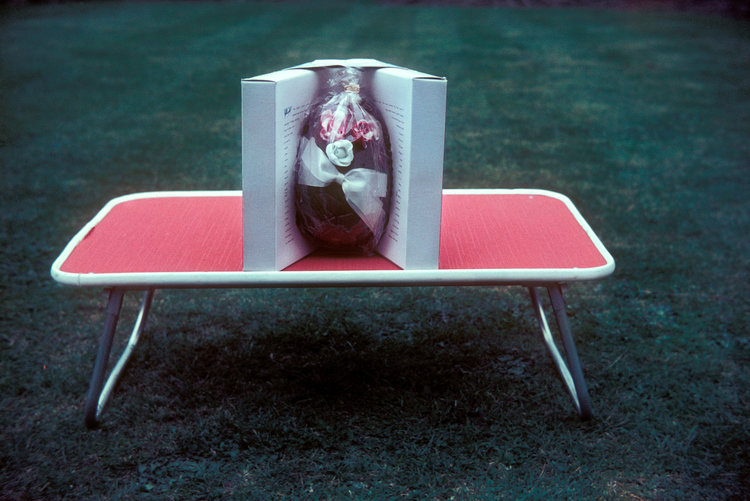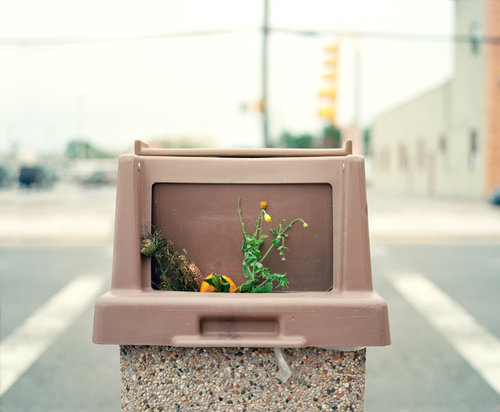CACHE
BY DANA STIRLING
Dana Stirling is a still life and fine art photographer, and the Co-Founder & Editor In-Chief of Float Photo Magazine. She was born in Jerusalem, Israel, and based in Queens, NY; Received her MFA from the School of Visual Arts in Photography, Video, and Related Media in 2016 and her BA from Hadassah College Jerusalem in Photographic Communications in 2013. Stirling’s work has been exhibited internationally including Fresh Paint Art Fair in Tel Aviv, UNICEF Next Generation Photo Benefit Aperture Foundation NY, “A Process – Der Grief” in Neue Galerie, Höhmannhaus Germany, Google photography Prize at Saatchi Gallery London UK, Brick Lane Gallery, London UK and Tel Hai Museum of Photography.
Synopsis
My family roots back to England, but I was born in Israel. I was a child on a fence; a daughter to a migrating family. The house within culturally stayed European but outside was the Israeli controversial culture. I always felt a misfit with my partial incomplete identity; torn apart between parents who have never blended in to the Middle Eastern culture I felt only half belonged too. Over the years I have heard of my parent’s memories and stories. I remember hearing of snow, youth and happiness. Stories of happier days. The stories held on to the memories of time and culture that I wasn’t a part of, and portraits of family members that always remained anonymous to me and their faces where no more distinct than any other person in generic photo album. These stories were supposed to be my heritage. As I grew up I’ve started to question photography’s function as my memory, as my family heritage. My photographic practice chains together straight and still life photography, found footage from my family history and imagery from family albums. Using photography I've conducted an examination of my history. Due to the migration of my family from England to Israel that history discontinued, and therefore I find it hard do consider it as mine. In order to regain my history I’ve appropriated images, along with ones that I have made myself, and edited them into a book titled “cache memory”. The statement that represents the book is the definition of its title – cache memory. The decision to name the book and present it through this definition is handed down as recognition of what is hidden in photographs, coded and read through context; that photographs can unfold memories but not necessarily the same ones that were originally embedded in them. I’m researching a history that I don’t see as actually mine; Family memories that I am not part of. The images become objects that I use in order to create a new history and memory of my own; people and places as I would like to remember and understand them. I started not only looking for my identity in the old photos but also reflect my feelings from these photos on to the world around me. I look for Moments and objects were there is a tension that is created by their incomplete aesthetic. Photography allows me to look at the little and unimportant objects around me and make them a part of my history just by giving them attention. By looking at them I capture them to remember, not letting them go away, yet not trying to save them. Watching their last seconds before I leave and the moment becomes irrelevant, capturing their last breath. With my camera I grant them with eternity and in that I grant myself a memory.

